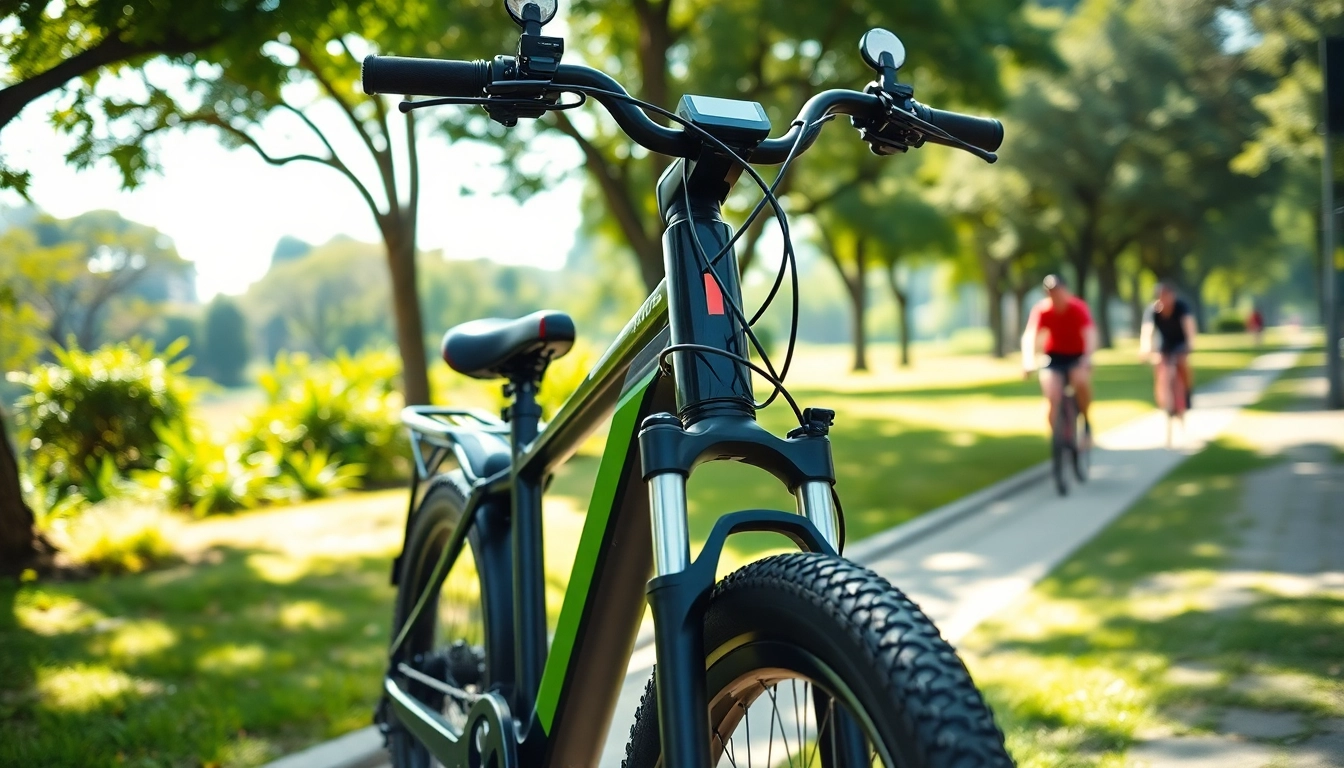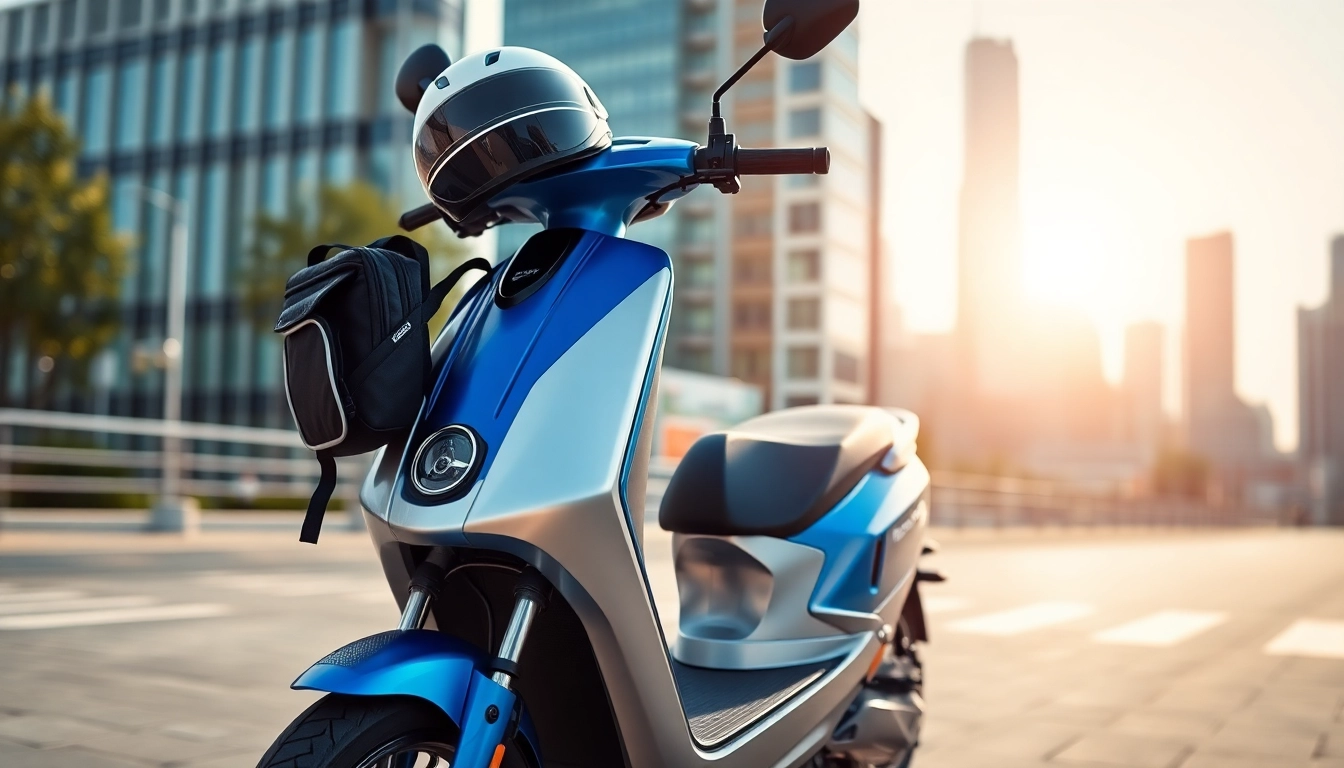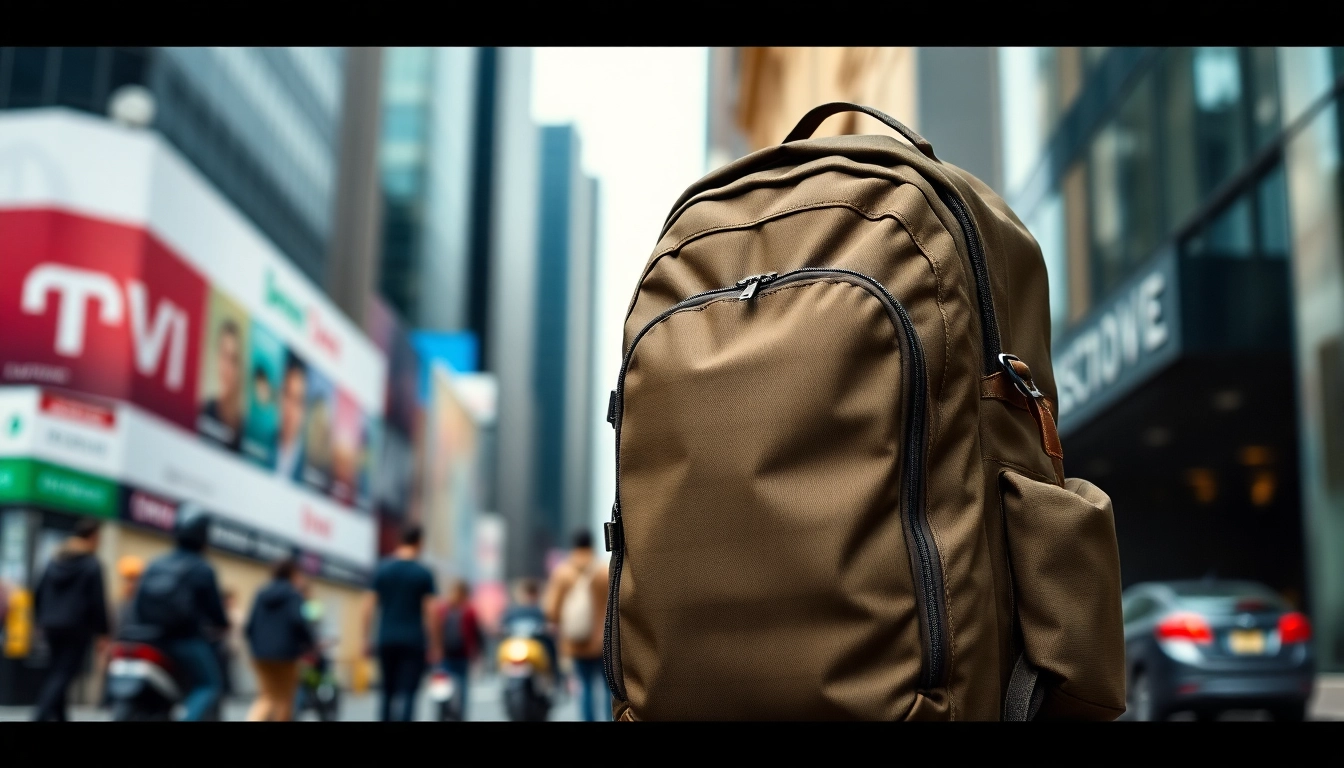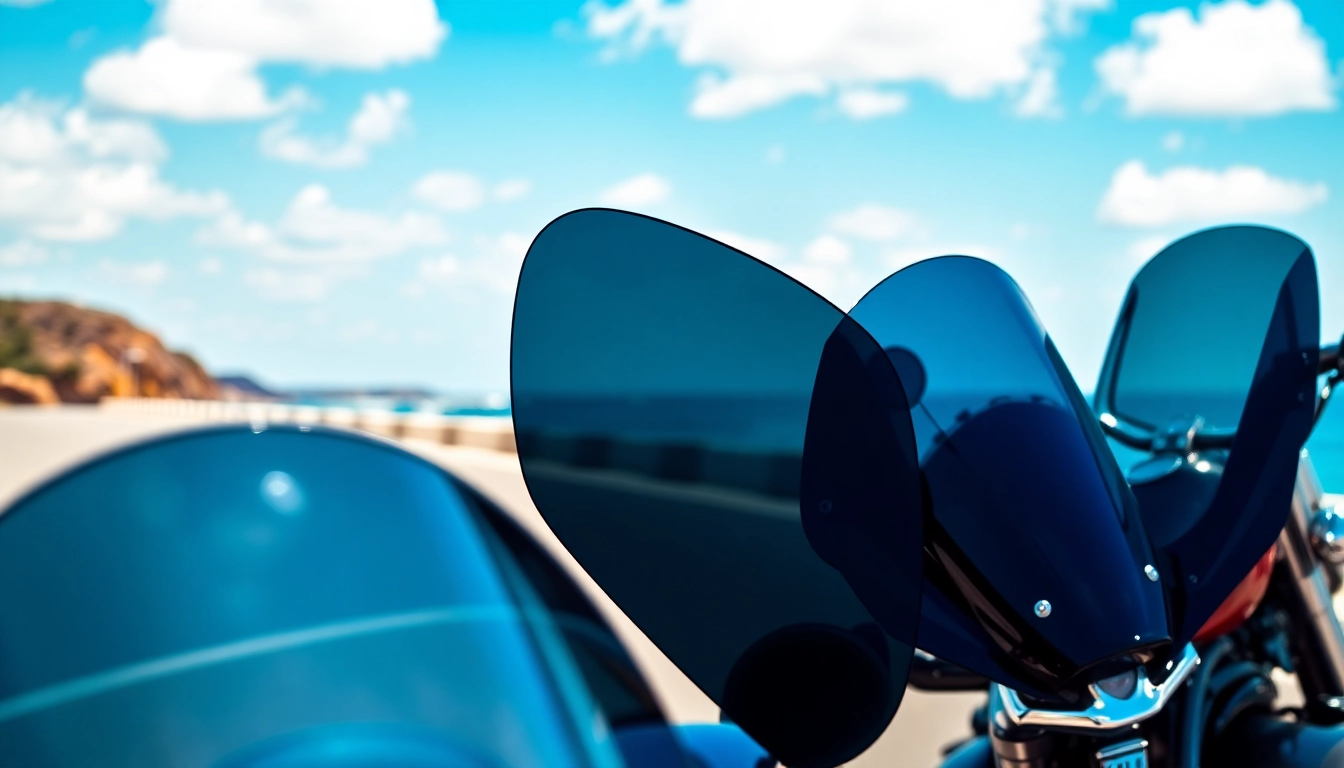Understanding Ebike Types for Singaporean Terrain
Singapore’s urban landscape, characterized by its bustling streets and dense population, presents both opportunities and challenges for ebike riders. E-bikes, or electric bicycles, have emerged as a popular alternative for transportation, combining the efficiency of traditional cycling with the assistance of electric motors. Choosing the right ebike for navigating the unique terrains of Singapore involves understanding the various types available, their features, and how these align with individual riding needs. For those exploring options, ebike Singapore provides a comprehensive guide to selecting the best models suited for urban commuting and leisure riding.
Different Classes of Ebikes
E-bikes can generally be classified into three categories based on their design and functionality, each catering to different rider preferences:
- Class 1: These are pedal-assist bicycles. The electric motor engages only when the rider is pedaling, and it usually offers assistance up to a speed limit of 20 mph (32 km/h). This type is popular among commuters in Singapore as it promotes physical activity while providing a boost for tackling hills.
- Class 2: These e-bikes come equipped with a throttle, allowing the rider to engage the electric motor without pedaling. They have a speed limit generally similar to Class 1. While they provide flexibility, it’s critical to note local regulations regarding where they can be used.
- Class 3: This category includes faster e-bikes that can provide assistance up to 28 mph (45 km/h) but ensure compliance with regional laws, especially in urban settings. Riders should check Singapore’s Land Transport Authority (LTA) guidelines to ensure their Class 3 bikes are LTA-approved.
Ideal Features for Urban Riding
When choosing an ebike for urban commuting in Singapore, several features become essential:
- Lightweight Frame: A lightweight bike is crucial for navigating crowded paths and public transport systems.
- Portability: Foldable ebikes are gaining popularity due to their ease of storage and transport, allowing commuters to carry them onto public transportation seamlessly.
- Batteries and Range: Urban riders need an ebike with a battery that can last through their daily commute, typically around 30 to 50 kilometers on a single charge.
- Tires and Suspension: Puncture-resistant tires and a good suspension system ensure a comfortable ride over uneven surfaces often encountered in urban areas.
Considerations for Recreational Use
For recreational riders, the choice of ebike might differ from those primarily commuting. Factors to consider include:
- Terrain Adaptability: An ebike suited for recreational use should handle diverse terrains, from park pathways to hilly areas.
- Power and Speed: More powerful motors may be preferred for those looking to tackle more challenging routes or longer distances, while recreational riders may appreciate lower power options with higher battery efficiency.
- Accessories: Additional features such as racks for carrying gear or enhanced lighting for night rides are important for recreational outings.
Navigating Ebike Legislation in Singapore
As ebikes continue to become a popular mode of transport in Singapore, understanding the legal framework surrounding their use is crucial for all riders. Compliance with regulations not only ensures safety but also enhances the riding experience.
Important LTA Regulations and Compliance
The Land Transport Authority (LTA) of Singapore has set specific regulations governing the use of ebikes:
- All ebikes must be LTA-approved and bear an orange seal indicating compliance with safety standards.
- Ebike riders must adhere to speed limits, typically capped at 25 km/h on cycling paths.
- Riding on pedestrian-only paths is prohibited, emphasizing the need for designated cycling areas.
Obtaining Proper Licensing
Although general cycling does not require a license, riders of higher class ebikes—particularly Class 3—might need to adhere to certain licensing regulations. Understanding these requirements can prevent legal troubles and enhance safety.
Understanding Safety Requirements
Safety is paramount when riding an ebike. The LTA recommends wearing helmets and suggests visibility gear such as reflective vests, especially for night riding. Furthermore, it’s important for riders to familiarize themselves with local cycling rules, including the use of designated paths and the prohibition of riding on footpaths.
How to Choose the Right Ebike Singapore
Selecting an ebike for your specific needs can be a daunting task with so many options available. However, by assessing your riding style and priorities, you can make an informed decision.
Assessing Your Riding Style and Needs
Your personal commuting frequency, distance, and riding conditions play an essential role in determining the right ebike:
- Daily Commuter: Opt for a reliable, low-maintenance ebike that is lightweight and offers a good range.
- Weekend Explorer: A more robust model designed for varied terrains may be ideal, allowing for longer adventures without compromising performance.
Comparative Analysis of Brands
While it’s essential to explore various brands, focus on the specific features that align with your needs rather than brand loyalty. Key factors to compare include:
- Motor power and battery capacity.
- Frame geometry and design.
- Customer service and warranty options.
Budgeting for Your Ebike Investment
Establishing a clear budget is fundamental when shopping for an ebike. Prices can vary significantly based on features and brand reputation. Consider additional costs such as:
- Accessories (helmets, lights, locks).
- Maintenance and servicing.
- Insurance, if applicable.
Maintenance Tips for Your Ebike Singapore
Regular Upkeep and Care Techniques
Maintaining your ebike doesn’t have to be cumbersome. Here are simple yet effective practices:
- Check tire pressure regularly and inspect for wear or damage.
- Regularly charge your battery and monitor its health, replacing it when necessary.
- Clean your bike frequently to prevent grime buildup, particularly on the chain and gears.
Common Issues and Troubleshooting
Even with proper care, ebikes can encounter issues. Common problems include:
- Battery Range Issues: Ensure the battery is fully charged and replace it if it no longer holds a charge.
- Motor Malfunctions: Test the motor by checking connections and ensuring software (if applicable) is updated.
- Brake Problems: Regularly inspect and adjust brakes to ensure optimal performance, especially in wet conditions.
Finding Reliable Repair Services
Establishing a relationship with a reliable ebike repair service can save time and hassle. Seek recommendations and ensure the service has experience with your specific bike model. Opting for authorized service centers can also ensure that your warranty remains valid.
Future Trends in Ebike Singapore
The ebike industry is rapidly evolving, with new trends emerging that promise to reshape urban mobility in Singapore. Here are some anticipated directions for the future:
Innovations on the Horizon
With advancements in technology, future ebikes may feature:
- Smart Connectivity: Integration with smartphone apps for navigation, diagnostics, and performance tracking.
- Enhanced Battery Technologies: Greater range and faster charging times through developments in battery chemistry.
- Improved Safety Features: Equipped with advanced braking systems and collision detection sensors.
Environmental Impact and Sustainability
As urban areas seek sustainable transportation solutions, ebikes offer a compelling alternative. By utilizing electric motors, they significantly reduce carbon footprints compared to cars. Increased investment in electric charging infrastructures will further enhance the role of ebikes in an eco-conscious transportation system.
The Growing Community of Ebike Enthusiasts
The rise in ebike use has fostered a vibrant community of enthusiasts, which is likely to grow as awareness around green transportation spreads. Community events such as group rides, maintenance workshops, and educational sessions are on the rise, providing riders with opportunities to connect and share experiences.












Leave a Reply